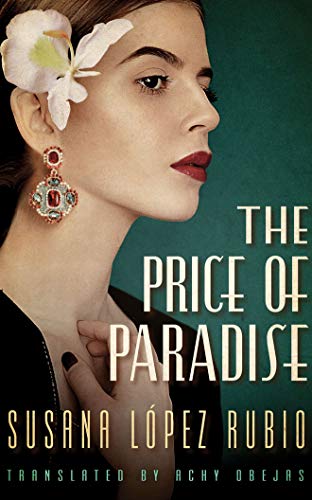The Price of Paradise
In search of a better life, Patricio leaves Spain and arrives in Havana in 1947. He finds work at the luxurious department store, El Encanto where a beautiful, rich customer catches his eye. Gloria is off-limits. She is trapped in a marriage to César, a violent and controlling Mafioso leader. Her every move is watched and reported by César’s sister as she shadows Gloria everywhere. Despite this, Patricio and Gloria manage to steal brief, private moments together. But their all-consuming love is destined to bring heartache.
1950s Havana, under Batista’s rule, was a glamorous, dazzling place. The nightlife was alive with music, dance, and color, and Rubio makes that vibrancy live on the page. Cuba attracted the rich and famous of that time, so Patricio crosses paths with Frank Sinatra and Ava Gardner as they shop at El Encanto. The enchantment and luxury of El Encanto is tangible to the reader. On the other hand, the Mafioso thrived, and crime and corruption permeated the city. The character of César is so extremely violent and evil that he doesn’t come across as real, but this creates tension as Patricio and Gloria continue the affair under the fear of discovery and their own safety. In 1959 when Castro comes into power, the glitter and allure of Havana vanish as communism takes over – luxuries disappear, and daily necessities are hard to acquire. Patricio and Gloria each tell their love story in alternating narratives from youth to old age.
In the beginning, the plot moved with energy and lightness with a touch of humor, but it lost momentum and the flow is broken when the timeline jumps forward and Patricio and Gloria go back to retrace events. Some implausible situations are convenient to the plot, but this is nevertheless an enjoyable read.










